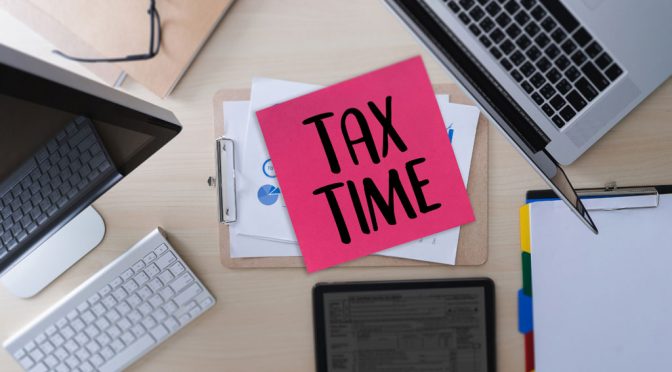Pour voir cet article en français, cliquez ici.
by Norman Slongo, Member of Local 591 (Thunder Bay, ON)
The Canadian Revenue Agency (CRA) has revised the Tl tax return for tax year 2019. The following are some highlights for musicians who prepare their own tax returns.
Employed Musicians
As an employee you are limited as to what you can claim for expenses. The deductible expenses you may claim are:
- Maintenance costs—repairs and supplies such as strings
- Rental fees
- Insurance costs
- Capital cost allowance (if you own the instrument}
To claim the expenses, you must use the musical instrument expenses line (1776} and the Capital cost allowance for musical instruments line (1777} of form T777, Statement of Employment Expenses. Should you also perform as a self-employed musician, then you must divide your expenses among the different uses. To see how this is reported see Self-employed Musicians.
Self-employed Musicians
As a self-employed performer, you will complete the T2125 form Statement of Business or Professional Activities. In Part 7 of this form, you can claim business-use-of-home expenses. This applies only to the area used exclusively as your office/work area related to your earnings as a musician. Vehicle expenses are calculated separately on Chart A of the T2125 form.
GST/HST
Should your gross income reach $30,000 in the year, you are required to register for a GST /HST account and must start charging the purchaser the necessary tax. Some provinces have HST which is a combination of provincial and federal sales.
Normal Slongo is a tax specialist and owner of Slongo Accounting and Tax Service in Thunder Bay, ON. His guest column is provided for informational purposes only, not as a substitute for advice from your personal tax professional.


